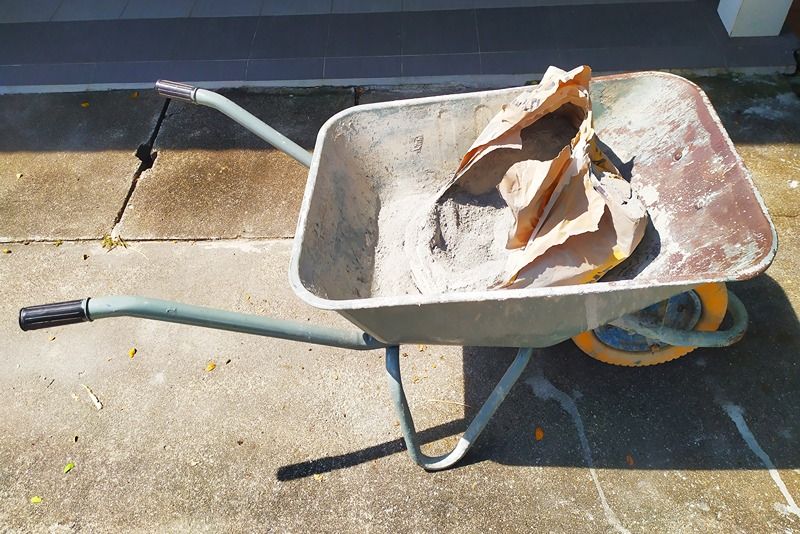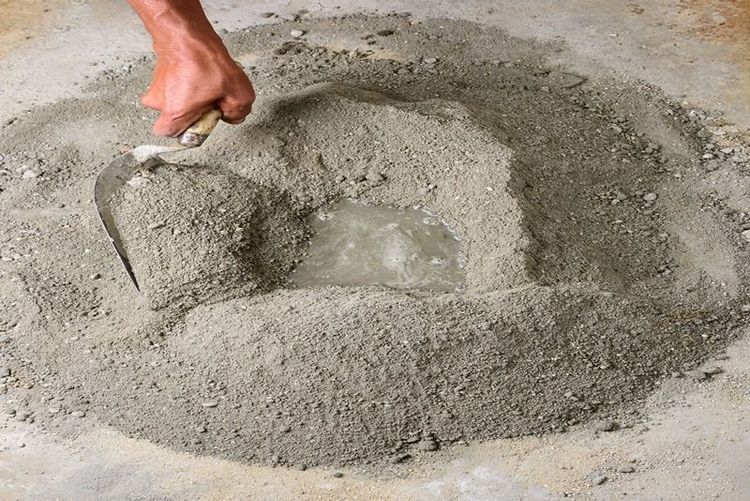The alkali-silica reaction (ASR) is a significant durability issue in concrete structures, resulting in internal cracking, which compromises structural integrity. ASR is caused by a chemical reaction between the alkali hydroxides (NaOH and KOH) present in cement and reactive silica in the aggregates used. This reaction forms an expansive gel that absorbs moisture, leading to internal stresses and cracking of the concrete.
The main factors contributing to ASR include:
Alkali content: high levels of alkalis, usually sodium and potassium oxides present in the cement, increase the pH of the pore solution in the concrete. This high alkalinity facilitates the dissolution of silica from aggregates.
Reactive aggregates: certain aggregates, such as those containing poorly crystalline or amorphous silica, are highly reactive in alkaline conditions. Examples of such aggregates include opal and chalcedony, which are much more reactive than crystalline forms like quartz.
Moisture availability: water is essential for ASR, as the alkali-silica gel absorbs water and swells, leading to cracking. ASR is particularly problematic in structures exposed to humid environments or direct water ingress.






 +91 7208055523
+91 7208055523
 Help & support
Help & support
